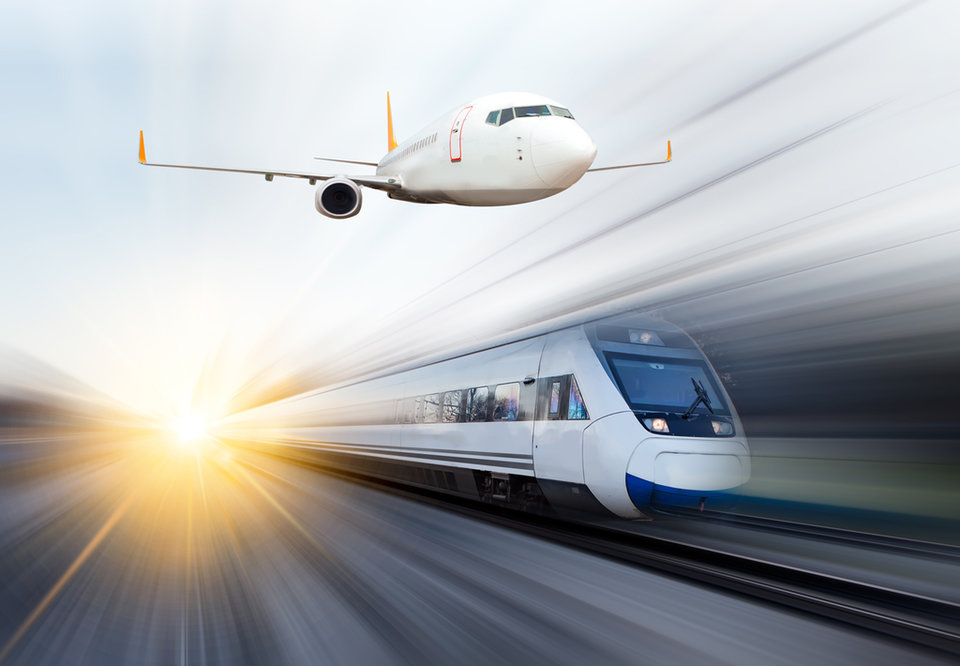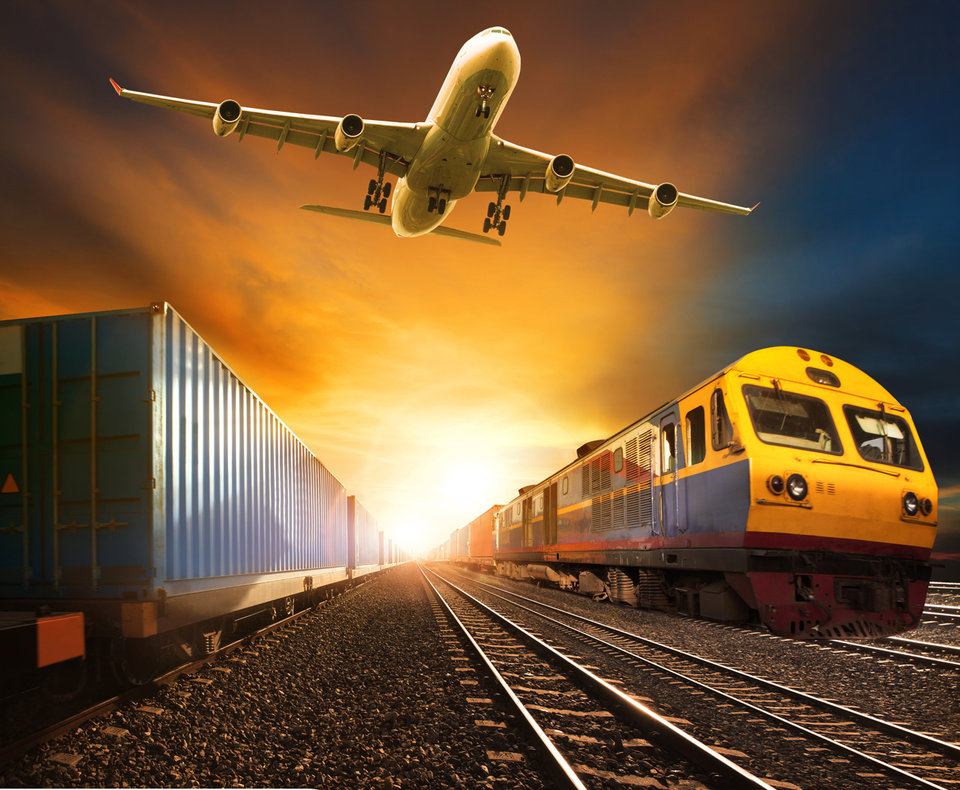Various rail-focused initiatives are being launched to meet growing demand.
Train travel is gaining popularity
Although still far from being a global trend, the flight-shame movement clearly signals that rail travel is back in fashion and more people are choosing it over air.
In April this year, Bloomberg reported that Swedish airport operator Swedavia AB saw a year-on-year passenger decrease for seven consecutive months, while a survey from the World Wildlife Foundation showed one in five people in Sweden had used trains instead of planes to reduce their environmental impact.
This has triggered a chain reaction across the country where various rail-focused initiatives are being launched to meet growing demand; for example, Swedish newspaper Dagens Nyether recently started running two branded trains through Europe; tickets were sold out in a week.

Image: Guard Protest / RMT
However, according to Mark Smith, author of rail travel blog The Man in Seat 61, this is far from just a local movement. His website aims to promote rail options where consumers might have thought that flying was their only option.
“I've seen the nature of the typical Seat 61 visitor change over the years since I started in 2001,” he explains. “In the early years, my site was used by those afraid of flying or medically restricted from flying, or who knew they especially liked train travel - a minority, though a significant one, ignored by the travel industry.”
These days, however, growing numbers of mainstream travellers have turned to his website, and therefore to rail, driven by a wish to cut their carbon footprint and to have a more enjoyable travelling experience.
Making rail bookings easier
With so much potential in their hands, however, both the travel and rail industries are missing out on the opportunity to drive crowds towards trains. On the one hand, explains Smith, travel agencies are set up to deal with flights, while finding and booking the best and cheapest rail tickets is often too complicated.
Meanwhile, he adds, the rail industry is becoming increasingly fragmented, with too many operators having "blinkers on and looking at their own little patch", inevitably leading to poor customer services.
“Europe-wide, there is a massive problem that the distribution for rail is 30 years behind the distribution for air,” says Smith. “You have to know which specific website to use to book which journey.”

Although the rise of booking websites such as Trainline and Loco2 might be a positive step in changing this attitude, they are still struggling to compete with their aviation-focused counterparts, such as cheapflights.co.uk and Skyscanner.
According to Smith, this is because Trainline and Loco2 don’t connect to every country in Europe, meaning travellers and agencies don’t have full access to the best deals on the market.
As a result, the industry has grown to have a bad reputation and trains are now perceived to be much more expensive than they actually are. As Smith puts it, “the rail industry has successfully publicised its most expensive fares and kept its cheap fares secret, while the airline industry has done quite the opposite.”
The rail industry is becoming increasingly fragmented.
Reducing flying is a quick win to reduce emissions.
Small steps needed to promote rail travel
All things considered, the chance of a future without aeroplanes seems unlikely. However, as Dr Roger Tyers, research fellow at the University of Southampton’s department of Sociology, Social Policy and Criminology, explains, there are a number of things all of us can do to be more sustainable.
“In the short-term, we should all fly much less until we have a cleaner way of flying which doesn’t require burning through tonnes and tonnes of dirty kerosene,” Tyers explains. “Climate change is happening very fast, and reducing flying is a quick win to reduce emissions, and is way easier and quicker than, say, decarbonising energy production.”
Having studied the impact of aviation emissions for his PhD, Tyers has moved his focus to other topics. He himself has pledged not to fly in 2019, even now that his research is taking him to China.
As a result, in May this year he embarked on a two-week journey from London to Beijing to “demonstrate to other academics and other professionals, that it is still possible to do international work without always assuming you have to jump on plane.”
A promising future for rail
“I think there is a fairly good chance of this [transition to rail] happening; the question is whether it will happen quickly enough,” says Tyers. “Things need to happen on both the industry/regulation side, and the cultural/social side.”
First of all, he says, market signals need to change so that flights become more expensive while trains fares remain competitive. The addition of more high-speed rail routes could also lead to more switching, and subsequently increased capacity. “Some research has suggested that there is a tipping point, where people will switch from flights to trains if there is an equivalent train route that takes four hours or less,” he adds.
In addition, Tyers says, governments should push for cleaner fuels and a more sustainable aviation industry by introducing taxes on frequent fliers and incentive the production of cleaner fuels. “Once the market signals are better,” he continues, “the rail industry will also need to provide (and in some cases re-open) good quality sleeper train routes.”

This is what the Swedish government is planning to do, as it recently announced plans to reintroduce night trains connecting Scandinavia to some major European hubs by 2022.
Lastly, it is crucial for both Tyers and Smith that operators start collaborating on an efficient and straight-forward booking process that involves multiple train companies. Smith also emphasises that the industry needs to address the issue of rail passenger rights, which is something that the EU is currently looking into but with no conclusive results.
“The passenger needs the security of missed connection protection even if in a fragmented industry they are forced to buy multiple, separate tickets from separate operators to complete a through-journey,” says Smith.
The rail industry will also need to provide good quality sleeper train routes.